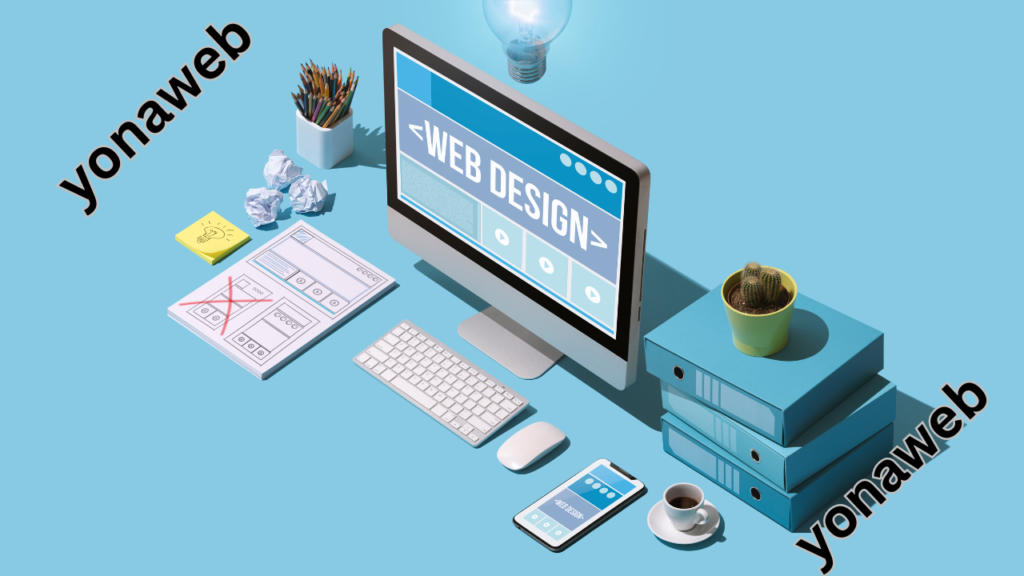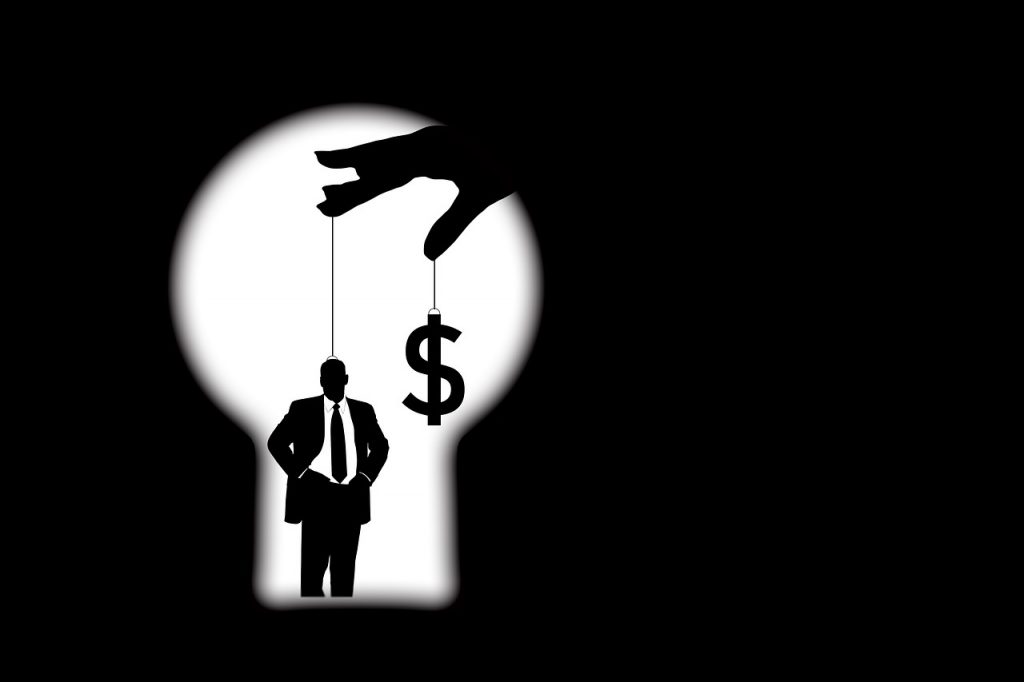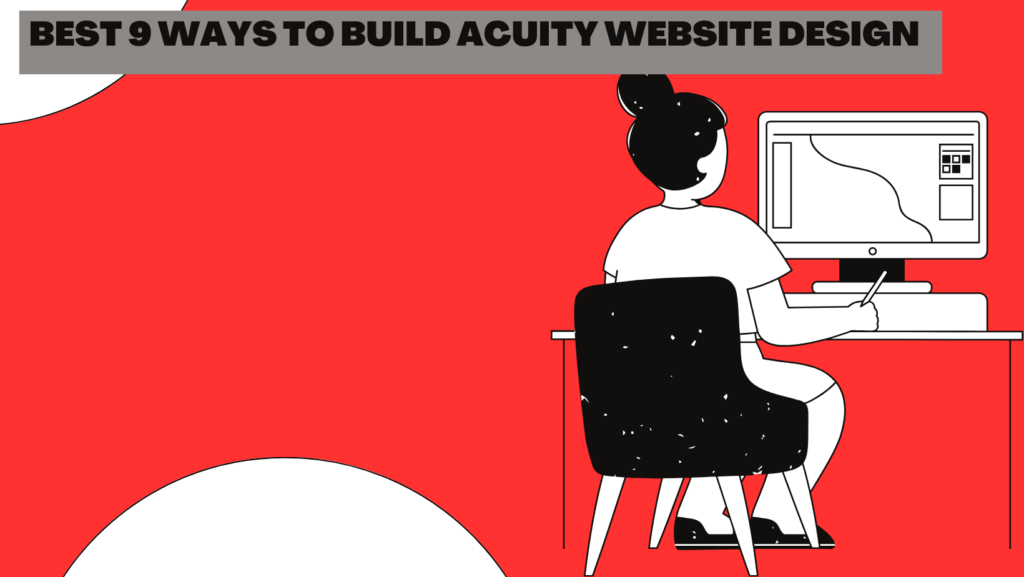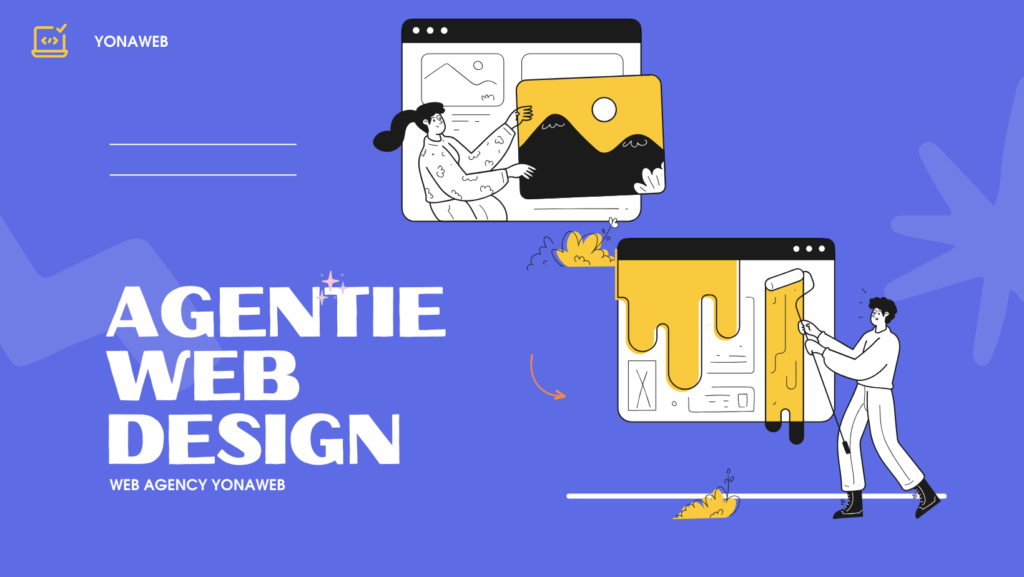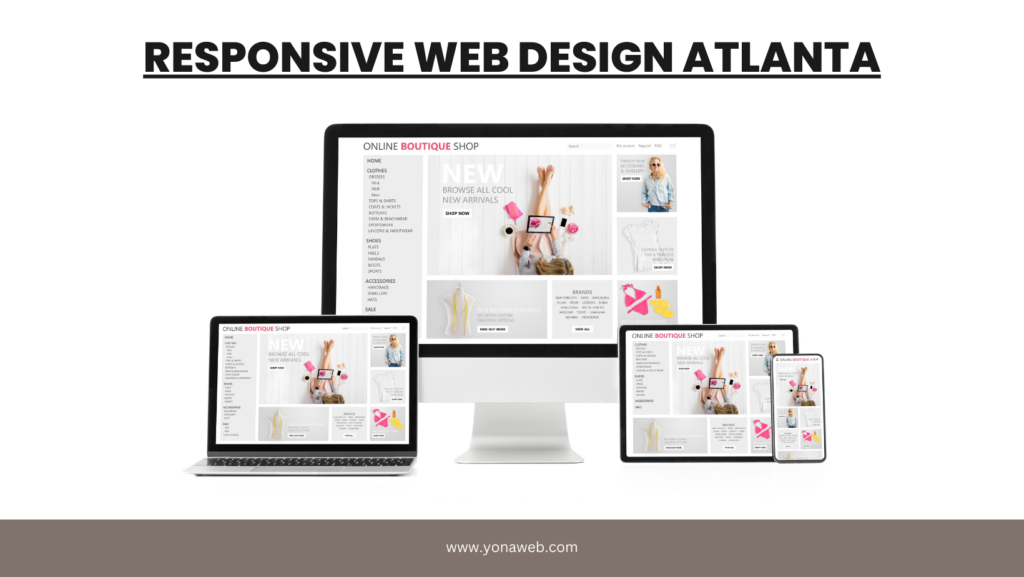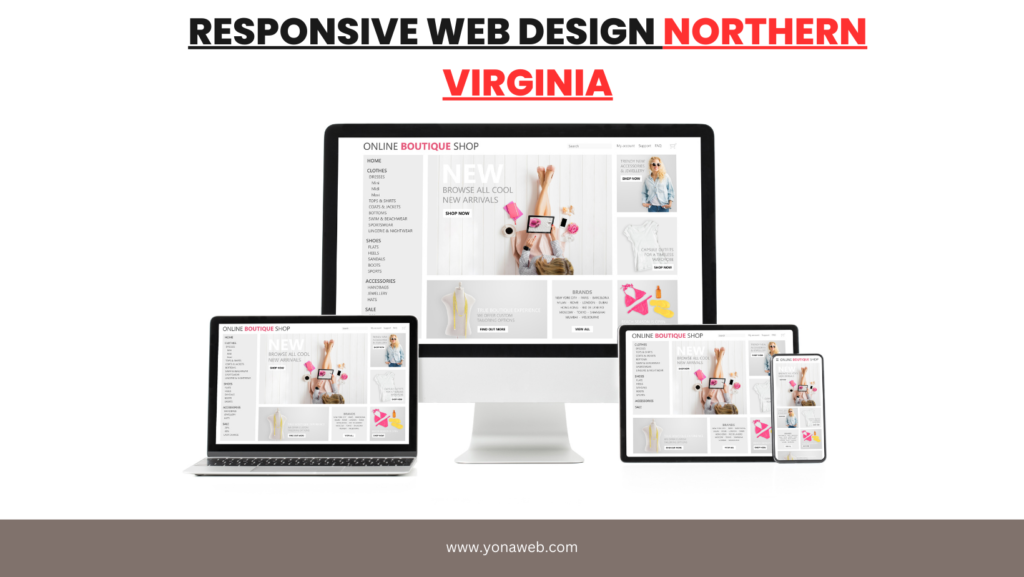introduction
In today’s fast-paced digital landscape, a business’s website is often the first point of contact for potential customers. It acts as a brand ambassador, storefront, and marketing hub all in one. However, websites that are outdated, slow, or difficult to navigate can quickly turn users away, hurting both brand perception and business growth. This is why marketing agencies and consultants should prioritize website redesign services as a key offering to help their clients stay competitive, enhance user experiences, and drive higher conversion rates.
This article dives into the benefits of website redesign services, how to determine if your client’s website needs an update, the steps to an effective redesign process, and tips on how to pitch these services to your clients.
1. The Signs That Your Client Needs Website Redesign Services
As a marketing consultant or agency, part of your job is to assess the effectiveness of your client’s online presence. While some websites only need minor tweaks and updates, others may require a complete redesign to stay competitive and meet the changing needs of their audience. Here are some telltale signs that a client’s website could benefit from website redesign services:
1.1 Outdated Design
In the digital world, design trends evolve rapidly. A website that was designed even just five years ago can look and feel outdated. An old-fashioned design can deter users, making your client’s brand appear out of touch. Sleek, modern design elements, coupled with a user-friendly interface, help build trust and engage users from the moment they land on the site.
1.2 Poor User Experience
If your client’s website is difficult to navigate or has a complicated layout, visitors will leave quickly. A high bounce rate could indicate that users are finding it hard to locate the information they need. Similarly, poor mobile optimization is a big red flag, as mobile traffic accounts for a significant portion of web visits. If the site is not mobile-friendly or responsive, a redesign is essential to ensure smooth browsing across all devices.
1.3 Declining Website Performance
A website that has seen a steady decline in traffic, engagement, or conversions is likely in need of a redesign. Check analytics to see if metrics like bounce rate, average session duration, or conversion rates have been dropping. Sometimes, a fresh design combined with better SEO practices can breathe new life into a stagnant website.
1.4 Brand Evolution
Many companies evolve over time—whether it’s through a change in products, services, or even core values. If your client’s website no longer reflects their current brand identity or message, it’s time for an update. A website redesign can align the online presence with the latest brand positioning, ensuring consistency across all touchpoints.
1.5 SEO Struggles
If your client’s site isn’t ranking well on search engines despite ongoing SEO efforts, the problem could lie in the website’s structure or technical aspects. Website redesign services can optimize the site for search engines by improving load times, streamlining navigation, and integrating relevant keywords.
2. Key Benefits of Website Redesign Services for Your Clients

For marketing agencies and consultants, pitching website redesign services should go beyond aesthetics. A redesign offers substantial business value, from improved user engagement to higher conversions. Here are some key benefits that your clients can expect:
“Ready to transform your digital presence? Contact us today for a free consultation on how our website redesign services can elevate your brand, improve user experience, and drive conversions. Let’s unlock your website’s potential together!”
2.1 Enhanced User Experience (UX)
The primary goal of a website redesign is to improve the user experience. A well-designed site makes it easier for visitors to find what they’re looking for, whether it’s information about a product, service, or the company itself. By incorporating intuitive navigation, visually appealing layouts, and clear calls-to-action (CTAs), a redesign helps reduce friction in the user journey and encourages visitors to stay on the site longer.
A responsive, mobile-friendly design is also essential, as more people browse the internet on their smartphones than ever before. Ensuring that the site works seamlessly across all devices will help keep visitors engaged, regardless of how they access the site.
2.2 Better SEO Performance

SEO and website design go hand-in-hand. A redesign gives you the opportunity to optimize the site’s structure, meta tags, and keyword usage, ensuring that the site is search-engine friendly. Faster load times, improved mobile responsiveness, and better-organized content all contribute to higher search engine rankings. Marketing agencies that offer website redesign services can significantly boost their clients’ organic visibility by making SEO a central focus of the redesign.
2.3 Increased Conversion Rates
An outdated website can hinder conversion rates. Whether it’s generating leads or making sales, a well-executed redesign can streamline the process of converting visitors into customers. By creating a more user-friendly experience, improving CTAs, and ensuring the site’s layout aligns with the customer’s journey, marketing agencies can help clients see a noticeable increase in their conversion rates.
2.4 Updated Branding and Messaging
Branding is a critical element of a company’s identity, and the website should reflect the most up-to-date version of that brand. A website redesign allows businesses to update their visual elements, tone of voice, and messaging to ensure consistency across all marketing platforms. For example, a company that has pivoted to a new product line or has undergone a rebranding will need a website that accurately represents this shift.
2.5 Improved Analytics and Performance Tracking
Redesigning a website also means incorporating better tracking and analytics tools to gain valuable insights into user interactions. With a refreshed design, marketing agencies can implement tools like Google Analytics, which tracks user behavior, page views, and traffic sources. By analyzing this data, businesses can identify which pages are performing well and which may need improvements. This level of insight allows companies to tailor their content and marketing strategies effectively, ensuring that they meet the needs and expectations of their audience.
In addition to Google Analytics, implementing heat maps can provide an even deeper understanding of user behavior. Heat maps visualize where users click, scroll, and spend time on a website, revealing which elements capture their attention. This information is crucial for optimizing layouts and calls to action, ultimately enhancing the overall user experience. By analyzing these patterns, businesses can make informed decisions on how to adjust their site design and content strategy.
Moreover, A/B testing is another powerful tool that can be utilized after a redesign. By comparing two versions of a webpage, businesses can test changes to headings, images, or content placement to see which performs better. This ongoing testing and optimization process ensures that the website evolves with changing customer preferences, making it more effective in converting visitors into customers. Regular updates based on data-driven insights keep the website aligned with user expectations and industry trends.
3. The Process of Effective Website Redesign Services
Redesigning a website is a collaborative effort between marketing consultants, designers, and developers. To achieve the best results for your clients, it’s important to follow a clear and structured process. Here’s a step-by-step approach to offering website redesign services:
3.1 Website Audit and Analysis

The first step is conducting a comprehensive audit of the client’s existing website. This involves analyzing key metrics, including traffic patterns, conversion rates, and user behavior. Evaluate the website’s current design, content, SEO, and technical performance. This audit will serve as the foundation for identifying areas that need improvement.
Once you have all the data, it’s time to identify specific problems and opportunities. Create a report that outlines the website’s strengths and weaknesses, and discuss these findings with the client. Understanding their business goals and what they want to achieve with the redesign is crucial at this stage.
3.2 Strategy and Goal Setting
After analyzing the website, the next step is to develop a redesign strategy. Collaborate with the client to set clear objectives for the redesign. These might include increasing traffic, improving conversions, aligning the site with new branding, or enhancing the user experience. It’s also important to define the target audience and how they will interact with the new site.
Create a project plan that includes timelines, key deliverables, and milestones. This plan will serve as a roadmap for both the agency and the client throughout the redesign process.
3.3 Design and Development
Once the strategy is set, it’s time to move on to the design and development phase. During this stage, designers create mockups or wireframes to illustrate the new layout and design. These designs should reflect the client’s brand identity while improving usability and aesthetics.
After the client approves the design, developers begin building the new site. This involves coding, integrating content management systems (CMS), and ensuring that the site is mobile-responsive and SEO-friendly. A successful redesign doesn’t just focus on how the site looks but also on how it performs, including page load times, security, and scalability.
3.4 Testing and Launch
Before launching the new website, thorough testing is crucial. Test the site’s functionality, performance, and responsiveness on different devices and browsers. Ensure that all elements, such as forms, buttons, and links, work correctly. Additionally, test the site’s SEO to ensure that it will rank well in search engines post-launch.
Once testing is complete, it’s time to launch the site. The launch should be planned carefully to minimize downtime and ensure a smooth transition. After the launch, continue monitoring the site’s performance and address any issues that arise.
3.5 Post-Launch Monitoring and Updates
The work doesn’t stop after the website goes live. Ongoing monitoring and updates are essential to keep the site performing optimally. Marketing agencies should provide their clients with regular performance reports, including traffic, SEO rankings, and conversions. Based on this data, further refinements and updates can be made to improve the site’s effectiveness over time.
4. How to Pitch Website Redesign Services to Your Clients
Offering website redesign services to clients is a strategic move that can provide tremendous value. To effectively pitch these services, it’s essential to start with a clear understanding of the client’s needs and pain points. Begin by conducting a thorough analysis of their current website to identify areas for improvement. This assessment can highlight issues like slow loading times, outdated design, or lack of mobile responsiveness. By presenting concrete data and examples, you can demonstrate the potential benefits of a redesign, making the proposal more persuasive.
Next, focus on illustrating the tangible benefits of a redesign. Use case studies or examples of previous successful projects to showcase how a redesign can enhance user experience, boost engagement, and ultimately drive conversions. Highlighting statistics, such as improved website traffic or increased sales, can strengthen your case. Additionally, consider emphasizing how a fresh design can improve brand perception and customer trust, which are crucial for retaining existing clients and attracting new ones.
Finally, present a clear and actionable plan for the redesign process. Outline the steps involved, from initial consultation to design mockups and final implementation. Provide a timeline and a breakdown of costs to set clear expectations. Ensuring transparency about the process fosters trust and reassures clients that they are making a sound investment. By combining a well-researched proposal with compelling evidence of past successes and a clear roadmap, you can effectively persuade clients of the value of website redesign services.
4.1 Present the Data and Analytics
Start by showing the client the current performance of their website using analytics tools. This step is crucial because it provides a data-driven foundation for your proposal. Utilize tools like Google Analytics to present a comprehensive overview of their site’s performance metrics. Highlight areas where the site is underperforming, such as high bounce rates, low conversions, or poor mobile optimization. This data serves as a clear indicator of the site’s weaknesses and sets the stage for discussing potential improvements.
Once you’ve established the current performance, explain how a redesign can address these specific issues. For instance, you can point out how improving mobile responsiveness can reduce bounce rates, as users are more likely to leave a site that doesn’t function well on their devices. Additionally, discuss the impact of better design elements on conversion rates, showcasing examples from similar businesses that have seen significant improvements after a redesign.
Finally, emphasize the importance of ongoing analytics to track the effectiveness of the redesign post-implementation. By setting up goals and monitoring user behavior after the changes, clients can see tangible results from their investment. This ongoing evaluation not only helps in refining the website further but also reassures clients that the redesign is part of a continuous improvement strategy, ultimately leading to better performance and customer satisfaction.
4.2 Highlight the Return on Investment (ROI)
Clients want to know how a redesign will benefit their bottom line. To address this, explain how an updated site can enhance SEO rankings, which in turn increases visibility in search engine results. A well-structured website with optimized content and improved load speeds can lead to higher placements on search engines like Google. This increased visibility often translates to greater traffic, allowing potential customers to discover their business more easily.
Additionally, emphasize the impact of improved user experience on conversion rates. A website that is visually appealing, easy to navigate, and mobile-friendly can significantly enhance customer engagement. When users have a positive experience, they are more likely to convert, whether that means making a purchase, signing up for a newsletter, or contacting the business for more information.
Providing case studies or examples of past clients can further reinforce your points. Share specific metrics showing how previous redesigns led to measurable improvements, such as increased traffic by 30% or conversion rates rising by 25%. This real-world evidence can help clients visualize the potential benefits of investing in a redesign, making your proposal more compelling and trustworthy.
4.3 Offer a Clear and Transparent Plan
When pitching website redesign services, provide your clients with a clear and transparent plan. Outline the entire redesign process, including key phases, timelines, and deliverables. This helps build trust and reassures clients that you have a systematic approach to the project.
Include a visual timeline that showcases each step, from the initial audit and strategy development to design, development, testing, and launch. Offering a detailed project plan not only demonstrates your professionalism but also helps set clear expectations.
4.4 Showcase Success Stories
Nothing speaks louder than success stories. Share case studies or testimonials from previous clients who have benefited from your website redesign services. Highlight specific metrics, such as improved website traffic, increased engagement, or higher conversion rates, to illustrate the positive impact of your work.
Visual elements, such as before-and-after screenshots, can also help illustrate the transformation and effectiveness of your redesign efforts. By showcasing tangible results, you can make a compelling argument for why your client should invest in a redesign.
4.5 Focus on the Client’s Goals
Every business has unique goals and challenges. When pitching website redesign services, tailor your presentation to address the specific needs and objectives of the client. Ask questions to understand their vision and desired outcomes, then position your redesign services as the solution to achieving those goals.
For instance, if a client is looking to launch a new product line, emphasize how a redesign can create a dedicated space for that product and attract more visitors. By aligning your services with their goals, you can make a more persuasive case.
4.6 Be Prepared for Questions and Concerns
Clients may have reservations or questions about the redesign process, costs, and expected outcomes. Prepare to address these concerns proactively. Be honest about potential challenges, timelines, and costs, but also emphasize the long-term benefits and value of investing in a website redesign.
Offering a phased approach to the redesign can alleviate concerns about cost and commitment. For instance, propose starting with an audit and strategy development, followed by design and development in subsequent phases. This way, clients can see the value of your services before making a larger investment.
Conclusion: Elevate Your Client’s Digital Presence with Website Redesign Services
In an increasingly digital world, your clients’ websites are critical to their success. Offering website redesign services not only enhances the user experience but also drives higher conversion rates, improves SEO, and reflects current branding and messaging.
By understanding the signs that indicate a redesign is necessary, outlining the benefits, following a structured process, and effectively pitching your services, you can help your clients elevate their online presence and achieve their business objectives. Remember, a well-designed website is more than just a visual asset; it’s a powerful tool that can drive growth and success.
As marketing agencies and consultants, your expertise in recognizing the need for a redesign and guiding clients through the process can make a significant difference. Don’t underestimate the value of a well-executed website redesign—it could be the key to unlocking your client’s potential and positioning them as leaders in their industry.
“Ready to take your client’s website to the next level? Contact us today for a free consultation and see how our website redesign services can make a difference!”
Thank you Plz share The Content Thanks again
